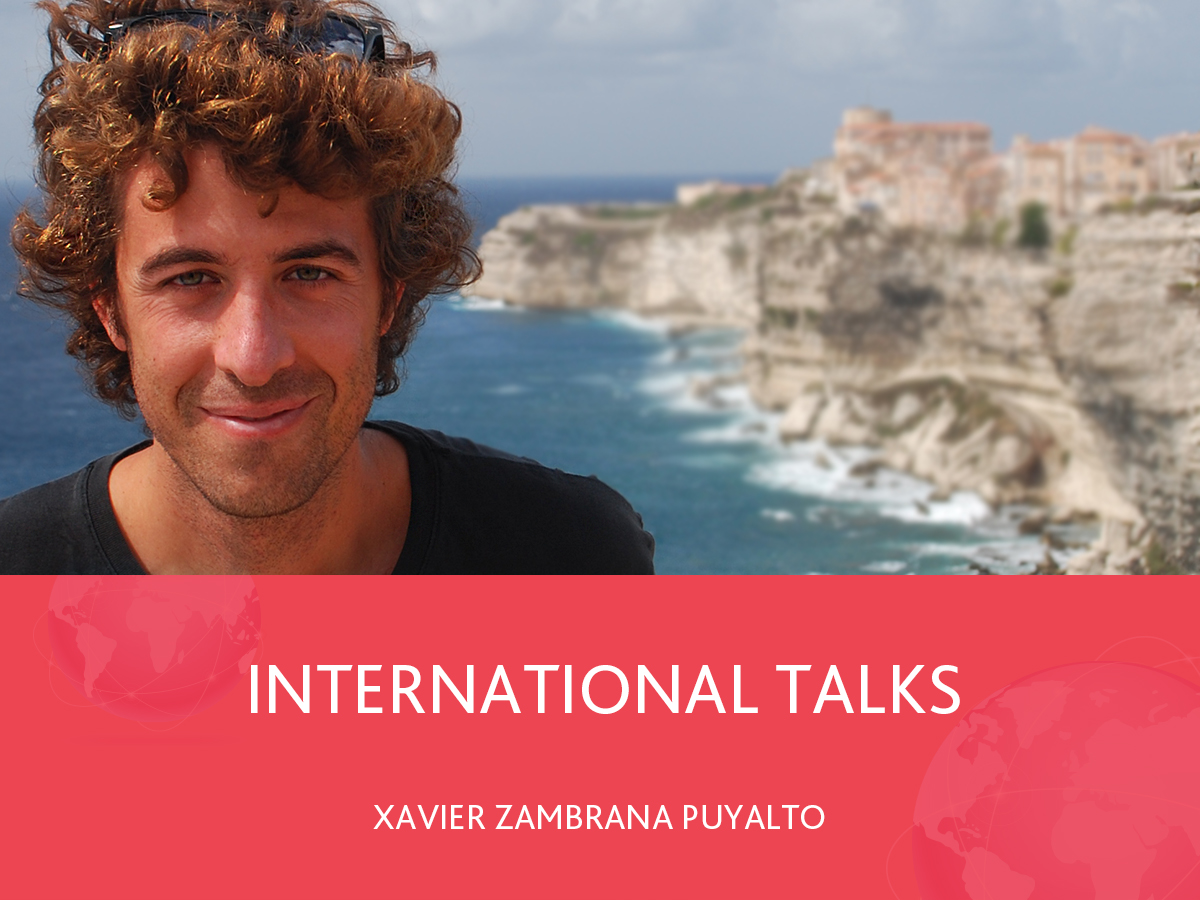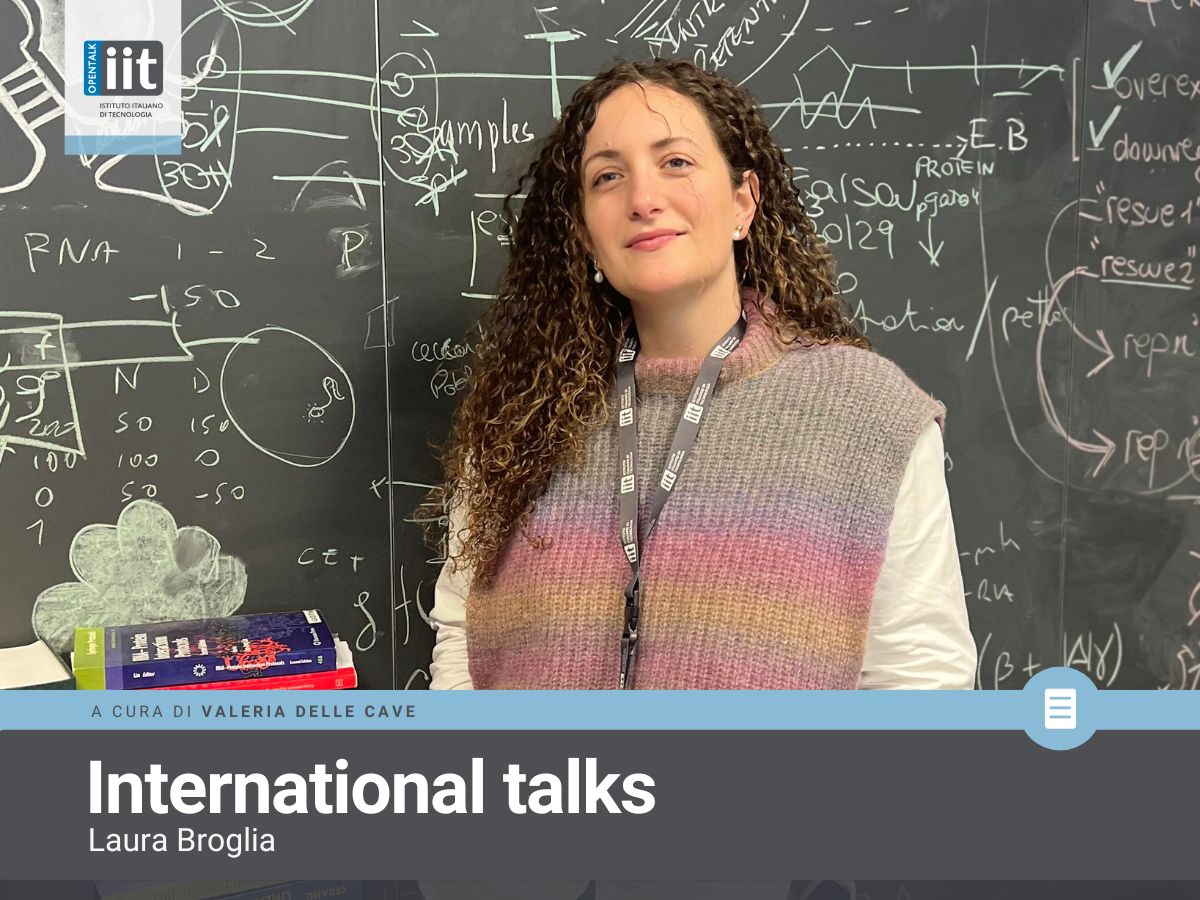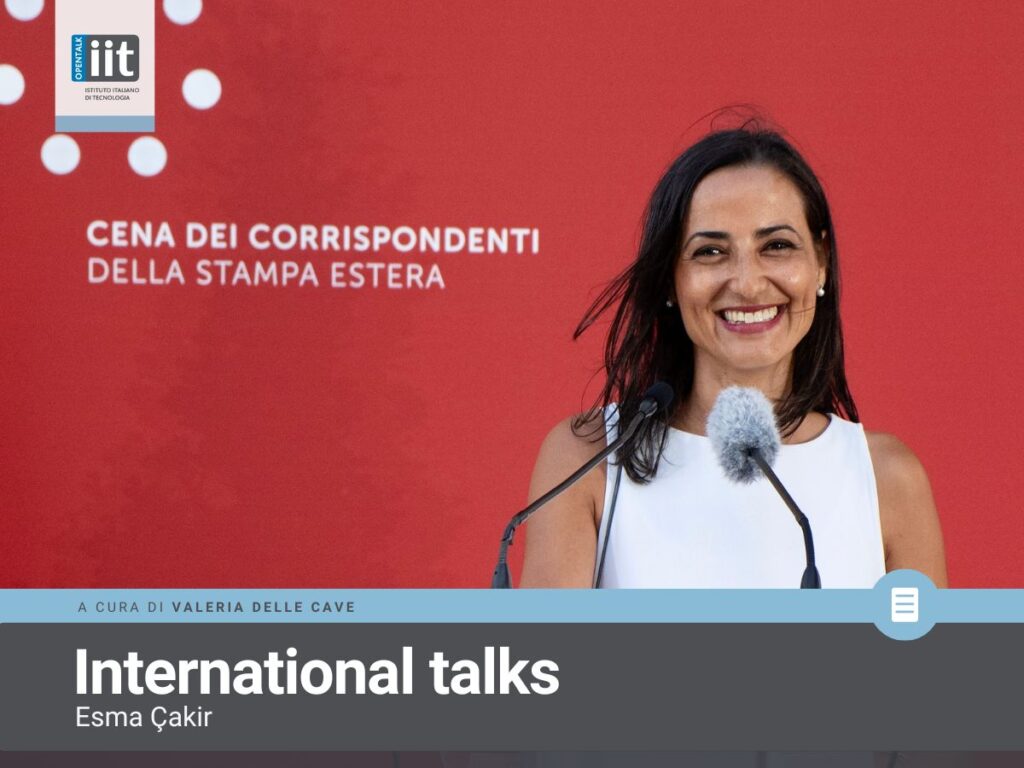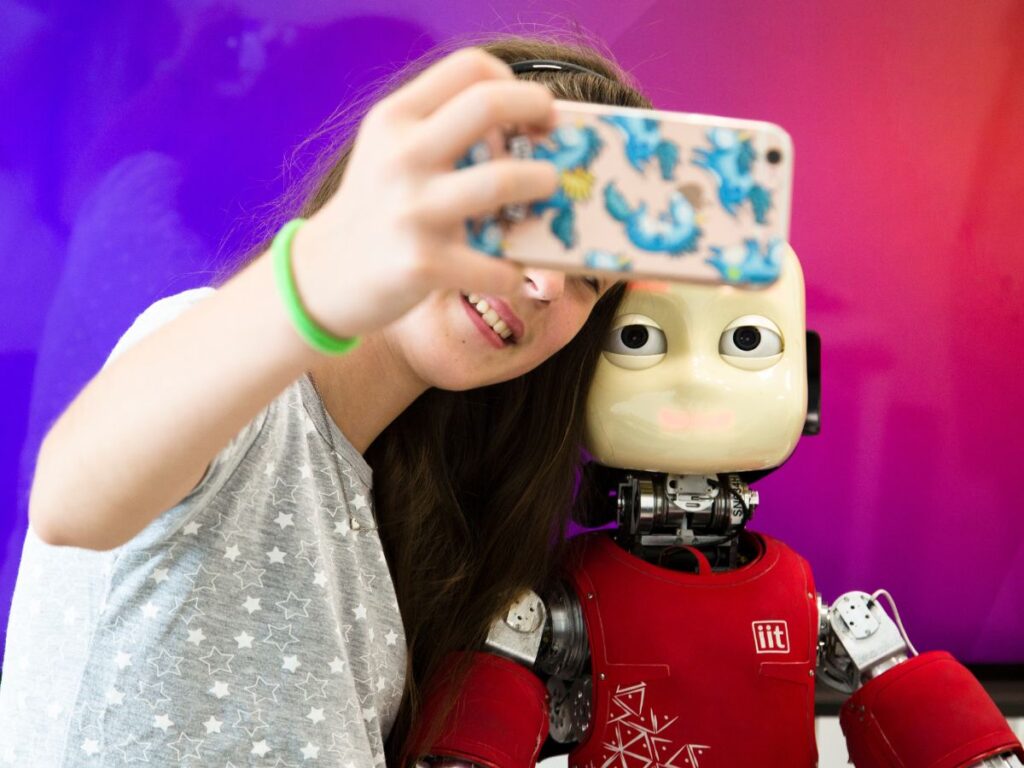“Working as a postdoc at IIT, I learnt a great deal of stuff about nanotechnology”. Understanding light-matter interactions
My academic path started in 2010, when I enrolled in a PhD program in Physics. I finished it in 2014 and right after I moved to Marseille to do a postdoc. When I finished the postdoc in September 2016, I felt that I needed a break. Academic research is fascinating but it can be overwhelming at times. It does not matter how far away from your office/lab you are. As soon as you get an internet connection and you check your inbox, you realize that you have a bijillion things to do. Anyway, back in September 2016, as soon as I finished my postdoc contract, I thought that I would take a break from academia and chill out in the south of France. The weather was beautiful and the unemployment benefits in France are sweet. This break allowed me to recharge my batteries as well as to do some other interesting activities, such as being involved in the creation of a co-op that provides banking services for alternative economy projects, social movements and activists. In the end, my break from academia only lasted for two and a half months.
Francesco De Angelis offered me a postdoc position to work on a protein sequencing project using optical methods. My role was to build an optical set-up that had single molecule resolution and could carry out very short (nanosecond) time-resolved measurements. From the beginning, I thought that the project was very appealing, yet I had some doubts regarding the city. Having been raised in a Mediterranean town, I was aware that Genova was a big ancient harbor town, but I hadn’t ever heard any encouraging words about this city. In fact, I vividly remembered that on grade 10, when my friends and I asked one of our high school teachers about the possibility of visiting Genova, he said “Genova is just a big port. There’s nothing to do in there.”. To me, nothing could be further from the truth. I have always found plenty of things to do, and I do feel at home in here. Plus, IIT Morego is definitely a nice place to work at. The facilities are impressive, and I really like its friendly atmosphere. Oh, and the canteen. For an average Italian, the canteen might just be ok, but when you come from working in a place where the only options available for lunch are sandwiches, the canteen becomes damn gold.
During the two and a half years working as a postdoc at IIT, I learnt a great deal of stuff about nanotechnology: single molecule spectroscopy, microfluidic, and nanofabrication among others. And now, since September 2019, I’ve started a new Marie Curie individual fellowship where I will partially combine the knowledge that I have acquired at IIT with my previous expertise. My Marie Curie project deals with a fundamental problem of electromagnetic fields. In classical electrodynamics, light beams are vector electromagnetic fields. That is, three different functions are needed to describe them. In contrast, for many different applications, the electromagnetic field can be described by just one scalar function times a polarization vector. In most applications, it is quite clear if the scalar approximation can (or cannot) be used. Yet this is not the case for some experimental nanophotonics problems. One of the reasons why it is hard to know if the scalar description is appropriate or not is because it does not exist any measuring technique that quantifies how scalar-vectorial an electromagnetic beam is. And this is precisely the fundamental gap that this project is going to fill. I will develop an experimental measuring technique that will enable anybody to quantify light-matter interactions according to how scalar-vectorial they are. To do so, I am going to fabricate many different nanostructures and make them interact with vortex beams. Vortex beams are some special light beams that carry angular momentum, and they are used in diverse fields such as quantum communications or STED microscopy. The development of this technique not only will add a new dimension into the characterization of complex 2D and 3D nanostructures, but also will improve our fundamental understanding of light-matter interactions.
___
Xavier Zambrana Puyalto is MSCA fellow at IIT’s Plasmon Nanotechnologies Lab in Genova.
His project “Light Matt Explorer” (https://lightmattexplorer.eu) has received funding from the European Union’s Horizon 2020 research and innovation programme under the Marie Sklodowska-Curie grant agreement No 795838.
Sometimes he makes some posts on Twitter @LightmattE





